Books: The Story of British Animation
January 7, 2022 · 0 comments
By Andrew Osmond.
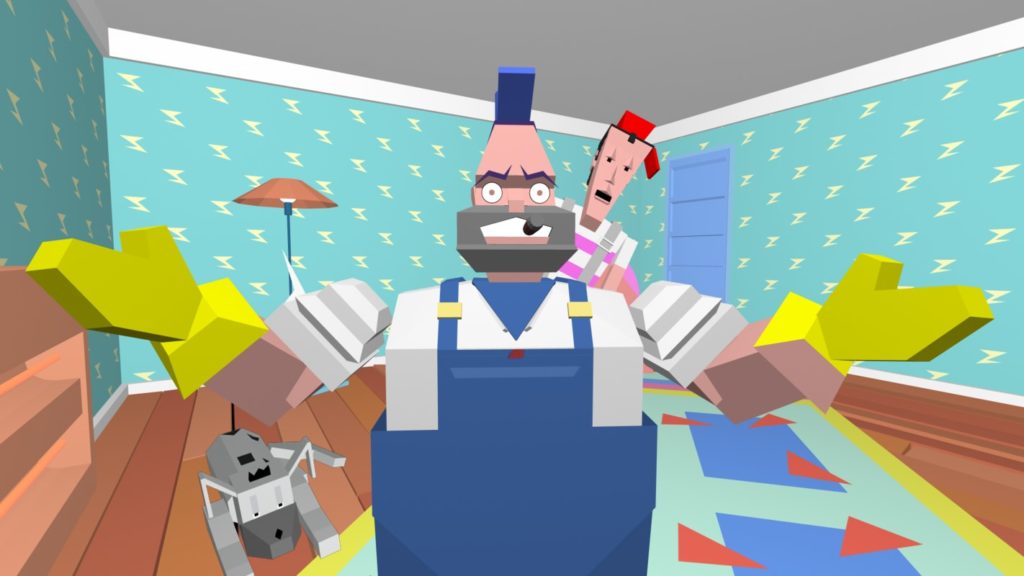
Most people looking at this review will be anime fans. But what does “British animation” bring to your mind? Probably Wallace and Gromit and Aardman. Then children’s favourites, be it Peppa Pig for millennials or older staples: Postman Pat, Danger Mouse, The Snowman, Bagpuss, Ivor the Engine, Camberwick Green…
Such children’s favourites come close to exhausting the popular titles that a “person on the street” might give, although animation buffs know they’re a tiny tip of the iceberg. An obvious difference between British animation and anime is that Britain has never made large volumes of TV series for older viewers. That’s not to say Britain doesn’t make adult animation; it’s made loads. But it’s mostly in other formats: short films for animation festivals, and TV adverts, and corporate promotions, and music videos.
The Dire Straits “Money for Nothing” video, a staple of early MTV worldwide, was a landmark of British animation, as was the rotoscoped video for A-ha’s “Take on Me” and the iconic “Sledgehammer” video, largely animated by Aardman. And if you go back, there were short British cartoons for the cinema, competing with the American big-shots, Bugs Bunny and Mickey Mouse.

Jez Stewart’s book, The Story of British Animation, puts these things together. It’s advisable to read it conjunction with the free “Animated Britain” page on the BFI Player website which Stewart curates. That page offers a cornucopia of British animation through the decades for you to consult. Many of the links in this article are to that page, although unfortunately the videos can only be played in the UK.
The book itself takes a similar approach to another BFI book, Anime: A History by Jonathan Clements. Both are primarily industrial histories, about animation as a practical process that evolves with media platforms and corporate opportunities. That’s not to overlook the creators, the people who love animation for its own sake, but those people are constrained by what’s possible as a given time.
Stewart’s book is far shorter than Clements’, though it’s arguably not meant as a standalone work but as a complement to Stewart’s BFI page. But I found Stewart’s commentary useful and lucid. It’s a mostly chronological account, though interspersed with mini-essays on, for example, the “Grasshopper Group,” a society of animators who supported each other’s self-made films in the 1950s and 1960s.
Reviewing Stewart’s book in Sight & Sound, Philip Kemp found this story dismal, “given the many highly talented, visionary British animators who never achieved the fame and success they deserved.” Kemp highlighted Richard Williams, who was Canadian-born but worked in Britain for most of his life. It’s true that Williams spent decades on his dream film, The Thief and the Cobbler, which was never completed, except in travesties by other hands. But does that make Williams’ story dismal?
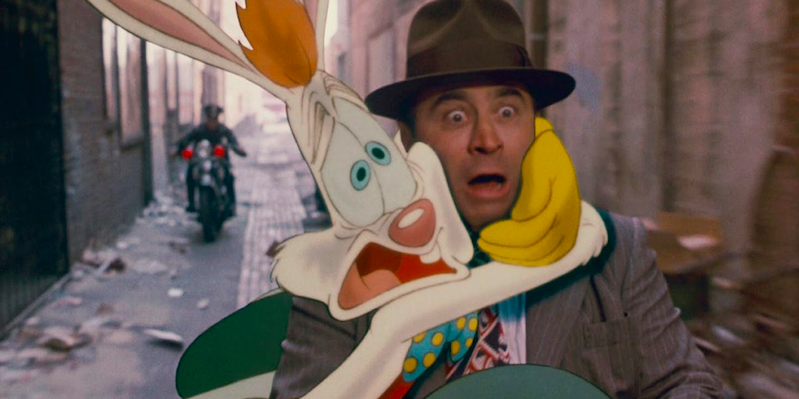
After all, Williams’ studio in London’s Soho Square created dozens of phenomenally beautiful commercials that sank into a generation’s subconscious. Williams himself won Oscars for a 25-minute A Christmas Carol and for directing the animation on Who Framed Roger Rabbit? (I summarise his achievements in more depth here.) Later, he created an acclaimed professional resource, The Animator’s Survival Kit. To describe such achievements as a “dismal” story is questionable at least.
The same goes for the wider story Stewart tells. He starts in the silent era, where so many films are lost that history is like detective work. As in Japan, it’s impossible to know what the real “first” silent animation was. The oldest instance that Stewart can verify is some brief stop-motion lettering in a 1904 film, The Latest News.
There are dubious pretenders. Arthur Melbourne Cooper claims he made the stop-motion Matches Appeal for the Boer War in 1899, but Stewart finds evidence it was made in 1914! On the other hand, Stewart acknowledges Cooper as a true pioneer for films such as 1908’s Dreams of Toyland, which may give you nightmares. Meanwhile there was early clay animation in W.R. Booth’s 1911 Animated Putty.
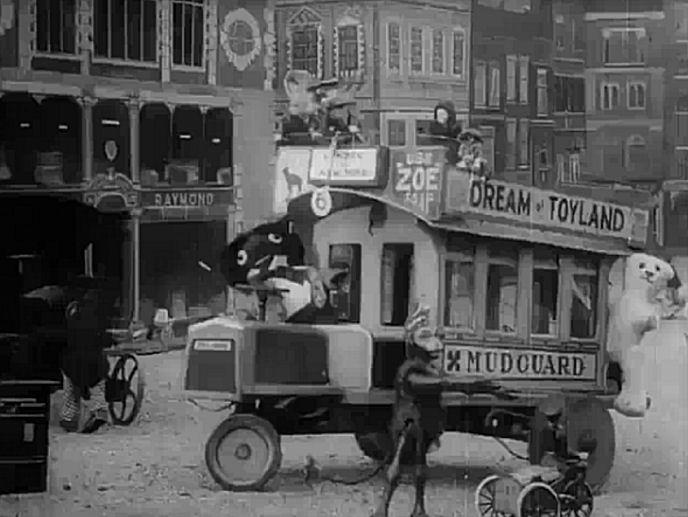
Many early animators had learned their trade cartooning for postcards and newspapers. In 1915, Dudley Buxton made a political cartoon series in all senses, John Bull’s Animated Sketchbook, mixing cranked-up “lightning drawings” with cut-out animation. The example on the BFI website includes a depiction of the sinking of the Lusitania (more famously animated in America by Little Nemo creator Winsor McCay), and an appearance by the world’s best-known Brit, Charlie Chaplin.
Fans of science-fiction and steampunk should check out a later Buxton film, Ever Been Had? in 1917, which shockingly imagines a future where England has been destroyed by Germany… till a last-minute reveal. The film has the man in the moon, dastardly Jerry mecha shooting British submarines and airships, and a joke about marrows to make older readers insert the snigger of Kenneth Williams.
Stewart points out, though, that these films soon faced America’s cartoon stars: Felix the Cat and later Mickey Mouse. British tried to answer with its own characters, such as Bonzo the dog and Pongo the pup, who fought a lawsuit in 1924. Given both characters were riding the coat-tails of Felix, it brings to mind the two bald men fighting over a comb. Two more early characters, Sammy and Sausage, mixed things up a bit, with the boy and dog duo frequently communicating with their live-action creator, Joe Noble. Here’s an example from 1928.
But that was the year Disney’s Steamboat Willie enshrined sound in animation. “To a poorly-resourced British animation industry,” Stewart comments, “adapting to sound appeared as much a burden as an opportunity.” There were efforts to fight back against the Mouse. In 1936, the lavish cartoon Fox Hunt was made in Technicolor, produced by the Hungarian-born mogul Alexander Korda. It was celebrated by reviewers such as Graham Greene, and had some of the graphics-led spirit of America’s UPA studio a few years later. But it didn’t sell.
Nor did more attempted cartoon series, made by Anson Dyer, who’d been working in animation since the 1910s; or by the Ipswich-based Roland Davies, who animated his Sunday Express strip about a horse called Steve; here’s one example.
“The future lay not in the competitive uncertainty of the box office,” Stewart writes, “but in the growing world of sponsored content that bought its way onto screens and gave its producers returns in advance.” From the 1920s, there were animated party politicals for the Conservative party. On the non-partisan side, the Health and Cleanliness Council commissioned cartoons warning against Giro the Germ.
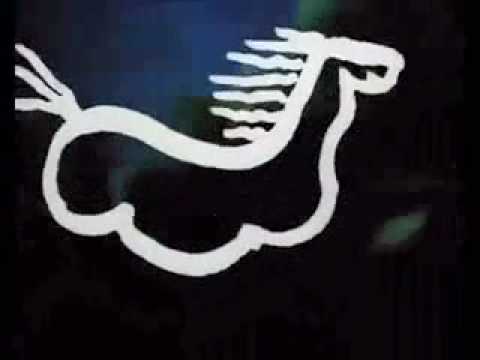
Sponsorship even came to the aid of animators often labelled avant-garde. One was the New Zealand-born Len Lye, whose largely abstract work caught the attention of Britain’s GPO Film Unit, a subdivision of Post Office promoting documentaries – you may know it for Night Mail. The GPO’s head John Grierson saw Lye’s style as “a short, colourful tonic for audiences in the middle of a programme of black and white documentaries,” and commissioned A Colour Box. The GPO also commissioned the Scot Norman McLaren to make his classic Love on the Wing, before he defected to Canada.
The outbreak of World War II saw more work for animators, including those at one of the best-known British studios. Halas-Batchelor, renamed Halas & Batchelor from 1944, was named for Joy Batchelor and her Hungarian-born husband, John Halas. Their studio made war films for the Ministry of Information, including1943’s Abu and the Poisoned Well, made for distribution in the Middle East. After the war, it promoted the messages of Attlee’s post-war government in films such as Charley in New Town (1948).
Then, infamously, Halas & Batchelor received funding from the CIA to make the landmark feature Animal Farm (1954). Based on the story by George Orwell, its anti-Stalinist message chimed with a cultural Cold War. In that sense, it was still sponsored content, and Stewart argues that it could never have been made otherwise: “the commercial industry was in no shape to support it.”
The industry was reshaped in the 1950s by TV advertising. (Exactly the same happened in Japan; see Chapter 4 of Clements’ Anime: A History.) ITV debuted in 1955, leading to the emergence of umpteen new studios, and bread and butter for the likes of Richard Williams.

As in Japan, children’s TV cartoons grew out of a cooking pot of techniques as pioneers experimented with what was possible. There were string puppets – Muffin the Mule, Pinky and Perky, and Gerry Anderson’s debut, The Adventure of Twizzle. Captain Pugwash used cardboard figures that were moved “live” with levers. That started in 1957; two years later, Oliver Postgate and Peter Firmin used cut-out animation (not animated live) in Ivor the Engine and Noggin the Nog.
Thus begins the rich history of British children’s TV animation. This arguably includes The Magic Roundabout from 1965, even though the animation was French. However, the series was so completely made over by Eric Thompson’s English scripts and narration that many viewers consider it a thoroughly British institution. It’s the ultimate hidden cartoon import, comparable to Americanised anime like Battle of the Planets and Robotech.
But there were other, lesser-known streams of animation. If you’re British and a certain age, you’ll remember the kids’ show Roobarb (“Bad-da-da-da, bad-da-da-da…”). But you may not know that its director, the marvellous Bob Godfrey, was also making adult sex comedy toons (NSFW) for cinemas. One of them, 1971’s Karma Sutra Rides Again, found a fan in Stanley Kubrick, who used it to accompany the British release of A Clockwork Orange. In the event, Godfrey’s film proved the least controversial part of the package.
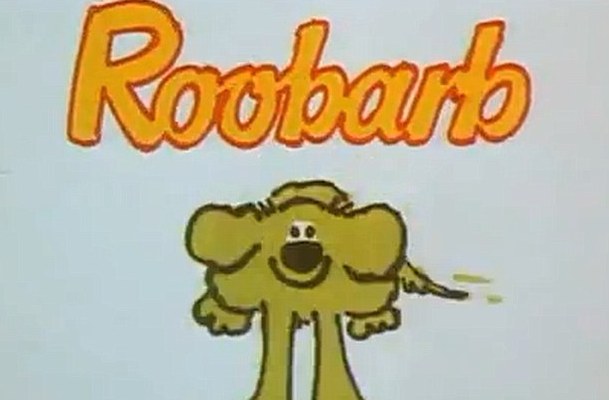
Godfrey was among the many artists who contributed to the Beatles fantasy feature Yellow Submarine (1968), a phantasmagoria which owed nothing to the Disney style. A decade later, the next major British animated feature was Watership Down (1978), which combined cuteness with bloody cruelty in a way rare outside anime. The difference; Watership Down used bunnies rather than schoolgirls.
By now, names are coming into Stewart’s history that many readers will know, such as the Aardman and Cosgrove Hall studios, which enjoyed meteoric rises in the 1980s and 1990s. Meanwhile Channel 4 was established in 1982 and set out to support diverse animation. It funded the hit The Snowman in its first Christmas Day schedule, but also work by independent visionaries: Alison de Vere (The Black Dog), Joanna Quinn (Britannia) and Barry Purves (Next).
But another “bust” would follow in the 2000s. Even as British creations like Bob the Builder and Peppa Pig became global brands, British-originated TV cartoons shrank – partly due to the loss of children’s TV slots when junk food adverts were banned in 2007. Bob the Builder went CG and moved to the US. Cosgrove Hall, home of Danger Mouse and Duckula, shuttered in 2009. One thing Stewart doesn’t mention is this raucous protest film from 2008. Responding to the tide of imported TV in Britain, it imagined a nightmare: Americanised Wombles.
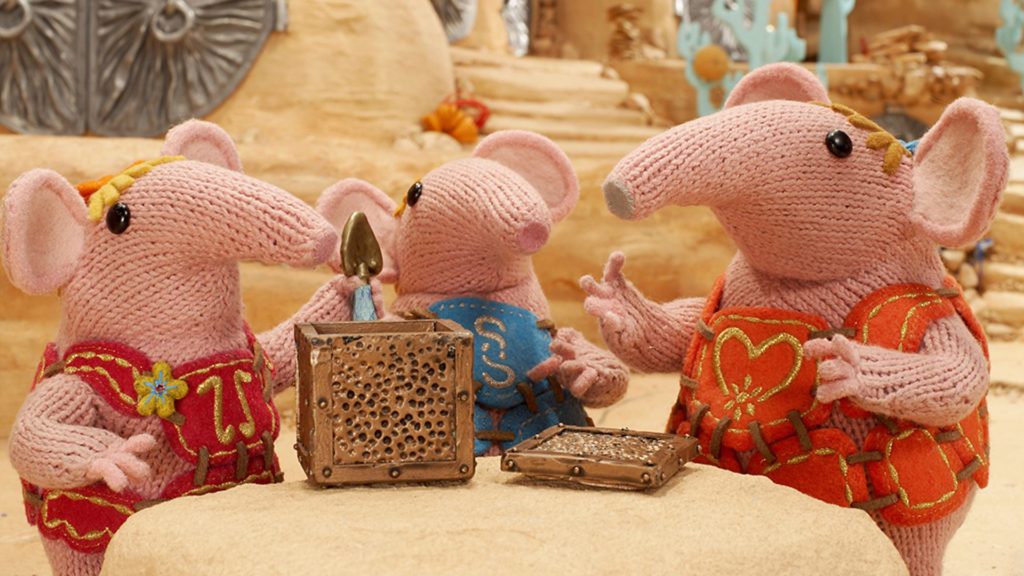
Eventually there were crucial tax breaks, with George Osborne announcing in the 2012 budget that, “It is the determined policy of this government that we keep Wallace and Gromit exactly where they are!” Since then, British children’s animation has seen something of a revival. Stewart cites Hey Duggee, Go Jetters and the return of the beloved Clangers, the latter still in authentic stop-motion. As of writing, the BBC has just announced its own cash infusion into British children’s TV.
Independent animators had far tougher times. “The few available funding schemes targeted new and emerging artists, offering profile and a platform instead of profit and a career,” Stewart writes. “Established animators were forced to look overseas for funds, go into teaching or change careers.” Online, there was the viral hit of Simon’s Cat by Simon Tofield (not to be confused with Bob Godfrey’s Henry’s Cat). But Stewart is sceptical of the internet being more than “a shop window” for animators, “a route to time-honoured commissioned work.”
Stewart ends on a hopeful note. He acknowledges, “the industry remains under the shadow of US animation, and the astonishing breadth and variety of animation art in Britain are still underappreciated.” On the other, “animation is perfectly equipped to imagine its way out of the stickiest situations.”
Weirdly, one of the newest approaches is the hidden import route. The likeable CG feature film Ron’s Gone Wrong, recently released to cinemas, has precisely nothing to suggest it’s not an American product. Actually it was made in Britain, by the Locksmith Animation studio. However, it was funded by so much American money that perhaps it’s not so different from when Walt Disney Animation Japan operated in Tokyo, thirty years ago.
Andrew Osmond is the author of 100 Animated Feature Films. The Story of British Animation is published by the British Film Institute.
Leave a Reply